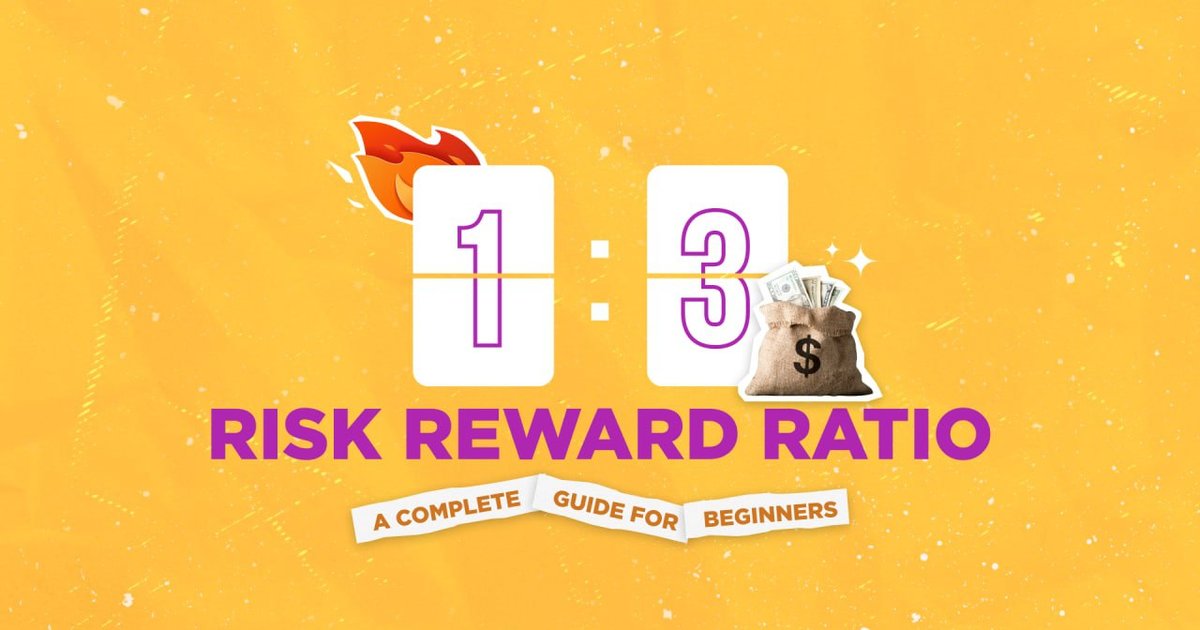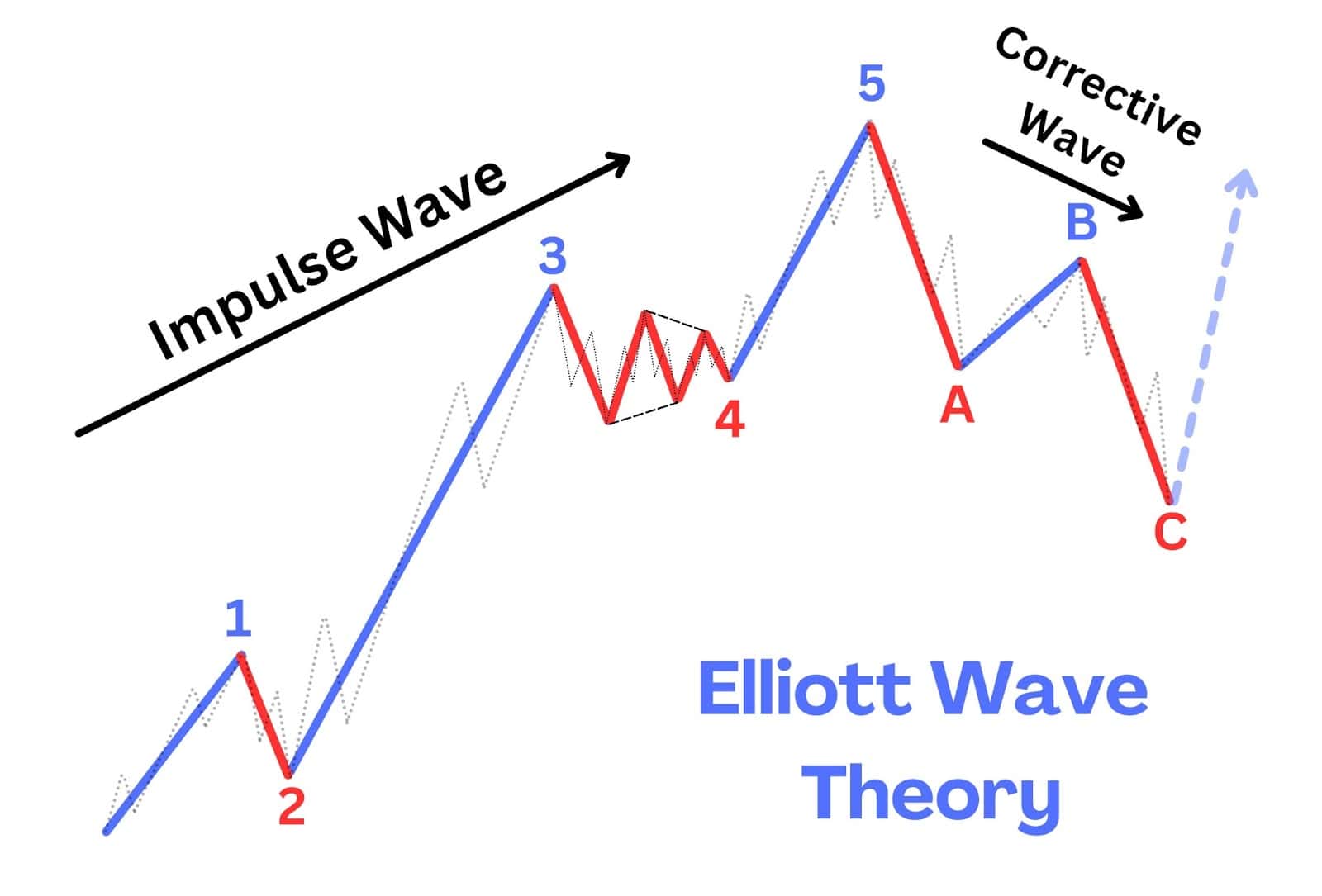Understanding the Forex Risk-Reward Ratio: A Complete Guide
In Forex trading, one of the most important concepts that every trader must understand is the risk-reward ratio. This ratio is a critical tool for managing risk and determining the potential reward for any given trade. It helps traders assess whether a trade is worth taking based on the risk involved and the potential return. Understanding and using the risk-reward ratio effectively is essential for becoming a successful Forex trader. In this article, we will explore the concept in-depth, its significance, and how to calculate and use it in your trading strategy.
What is the Risk-Reward Ratio in Forex Trading?
The risk-reward ratio is a measure used by traders to assess the amount of risk they are willing to take in order to potentially earn a reward. It compares the amount of potential loss (risk) to the amount of potential gain (reward) in a trade. The ratio is a simple yet effective tool to evaluate whether a trade is worth entering based on the potential outcomes.
In Forex trading, the risk-reward ratio is typically expressed as: Risk-Reward Ratio=Amount at Risk (Loss)Potential Reward (Profit)\text{Risk-Reward Ratio} = \frac{\text{Amount at Risk (Loss)}}{\text{Potential Reward (Profit)}}
For example, if a trader risks 50 pips on a trade and aims for a 100-pip gain, the risk-reward ratio is 1:2. This means that for every unit of risk, there is the potential to earn double the amount in reward.
The Importance of the Risk-Reward Ratio
1. Helps Manage Risk
The risk-reward ratio is a powerful risk management tool. It allows traders to set realistic profit goals while managing their risk exposure. If you risk too much for a small reward, a string of losing trades can easily wipe out your profits. By using a favorable risk-reward ratio, traders can ensure they are compensating themselves adequately for the risk they take on each trade.
2. Aids in Decision Making
When entering a trade, the risk-reward ratio helps traders make informed decisions. If the ratio is not favorable (e.g., risking too much for too little reward), traders might choose to skip the trade or adjust their strategy. This helps to avoid taking on unnecessary risks that might lead to losses.
3. Maximizes Profit Potential
A good risk-reward ratio allows traders to maximize the potential for profits while minimizing losses. If the reward outweighs the risk, a trader can afford to have a lower win rate while still being profitable in the long run. Even if they lose more trades than they win, the profitable trades will be enough to generate overall gains.
4. Improves Consistency
By applying a favorable risk-reward ratio, traders can build a trading plan that prioritizes long-term consistency over short-term wins. This approach helps in achieving sustainable growth in trading accounts, rather than relying on occasional big wins or lucky trades.
How to Calculate the Risk-Reward Ratio
Calculating the risk-reward ratio involves two main factors: the entry point, the stop-loss level, and the take-profit level. Here’s how you can calculate the ratio:
Step 1: Determine Your Entry Point
The entry point is the price level at which you plan to enter a trade. It can be based on technical analysis (e.g., chart patterns, trend lines, or indicators), fundamental analysis, or a combination of both.
Step 2: Set Your Stop-Loss Level
The stop-loss level is where you decide to exit the trade if the market moves against you. This is your risk, as it limits your potential loss. A well-placed stop-loss ensures that if the market turns unfavorable, you can limit your losses.
Step 3: Set Your Take-Profit Level
The take-profit level is where you will exit the trade if the market moves in your favor. This is your reward. The take-profit level should be set at a point where the trade’s potential profit outweighs the risk you are taking.
Step 4: Calculate the Risk-Reward Ratio
Once you have determined the entry, stop-loss, and take-profit levels, the next step is to calculate the risk-reward ratio. Risk=Entry Price−Stop-Loss Price\text{Risk} = \text{Entry Price} – \text{Stop-Loss Price} Reward=Take-Profit Price−Entry Price\text{Reward} = \text{Take-Profit Price} – \text{Entry Price} Risk-Reward Ratio=RiskReward\text{Risk-Reward Ratio} = \frac{\text{Risk}}{\text{Reward}}
For example:
- Entry Point: 1.3000
- Stop-Loss: 1.2950 (risk of 50 pips)
- Take-Profit: 1.3100 (reward of 100 pips)
Risk=1.3000−1.2950=50 pips\text{Risk} = 1.3000 – 1.2950 = 50 \text{ pips} Reward=1.3100−1.3000=100 pips\text{Reward} = 1.3100 – 1.3000 = 100 \text{ pips} Risk-Reward Ratio=50100=1:2\text{Risk-Reward Ratio} = \frac{50}{100} = 1:2
This means you are risking 50 pips to potentially make 100 pips, which gives you a risk-reward ratio of 1:2.
Common Risk-Reward Ratios and Their Significance
1. 1:1 Ratio
A 1:1 risk-reward ratio means you are risking the same amount as the potential reward. This can work well in volatile markets, but it requires a higher win rate to be profitable. In this case, a win rate of over 50% would be necessary to make a profit.
2. 1:2 Ratio
A 1:2 risk-reward ratio means you are risking one unit (e.g., 10 pips) to potentially gain two units (e.g., 20 pips). This is a popular and favorable ratio among traders, as it allows for some losing trades without affecting profitability. A win rate of 40-50% can still be profitable with a 1:2 risk-reward ratio.
3. 1:3 Ratio
A 1:3 risk-reward ratio means you are risking one unit to potentially gain three units. This is a highly favorable ratio, but it may require patience to wait for such large moves in the market. Traders who use this ratio are usually more selective with their trades and look for high-probability setups.
4. 1:4 or Higher Ratios
Risk-reward ratios of 1:4 or higher are typically used by more experienced traders who are looking for substantial price moves. While the potential reward is high, these trades are less frequent and may require more advanced technical or fundamental analysis to identify.
Advantages of a Favorable Risk-Reward Ratio
- More Control Over Losses: A favorable risk-reward ratio allows traders to control losses better and ensures that one or two big losses do not wipe out all profits.
- Achieving Consistency: Even with a lower win rate, traders can still be profitable in the long run if they maintain a good risk-reward ratio.
- Optimizing Trading Strategy: A favorable ratio helps traders optimize their strategy, ensuring that each trade has a balanced risk-to-reward proposition.
- Psychological Benefits: Having a clear risk-reward ratio can help reduce the emotional burden of trading. Traders can be more patient and less likely to make impulsive decisions.
How to Improve Your Risk-Reward Ratio
- Use Proper Stop-Loss and Take-Profit Levels: Set your stop-loss and take-profit levels based on technical indicators and market analysis to ensure they are realistic and in line with the overall market conditions.
- Trade High-Probability Setups: Focus on high-probability setups that offer better risk-reward ratios. Avoid chasing low-probability trades that offer little reward for the risk taken.
- Refine Your Entry and Exit Points: Fine-tune your entry and exit strategies to increase the chances of hitting your take-profit level while minimizing the risk.
Conclusion
The risk-reward ratio is an essential tool in Forex trading that helps traders evaluate the potential of each trade. By understanding and applying an appropriate risk-reward ratio, traders can improve their chances of long-term profitability, reduce emotional trading, and make more calculated decisions. Remember, a good risk-reward ratio is not about always having a high reward, but ensuring that your risk is always in proportion to the reward.




